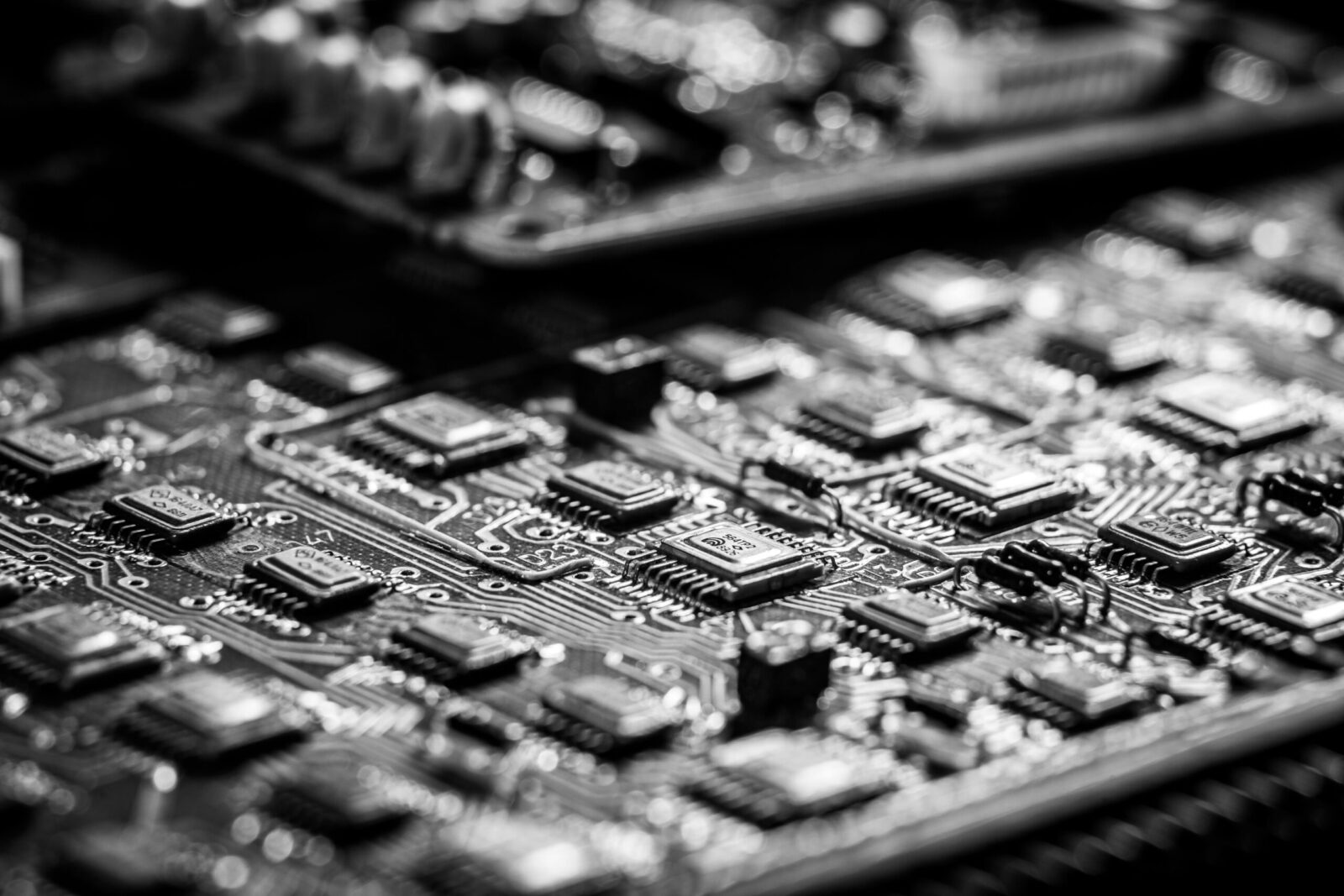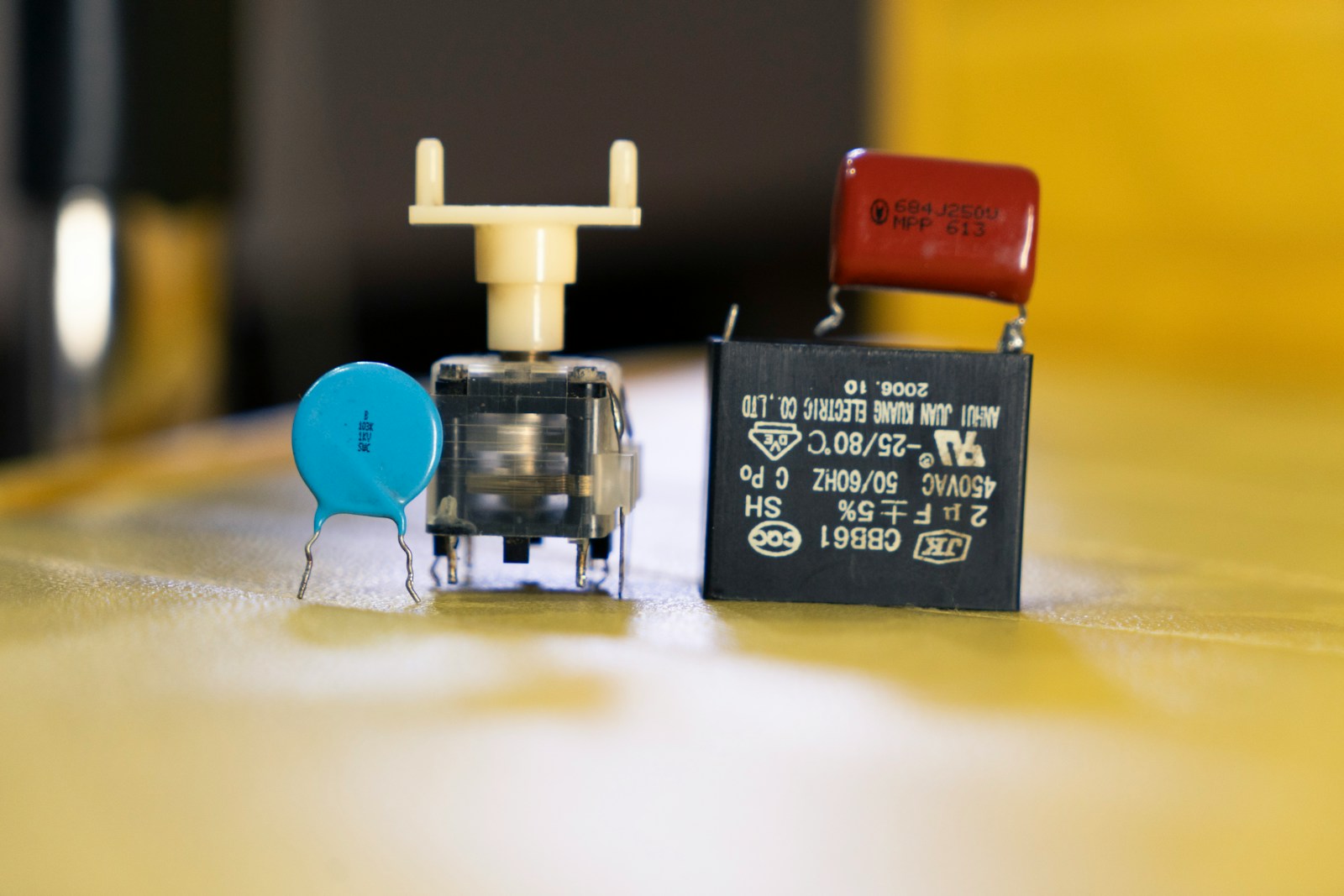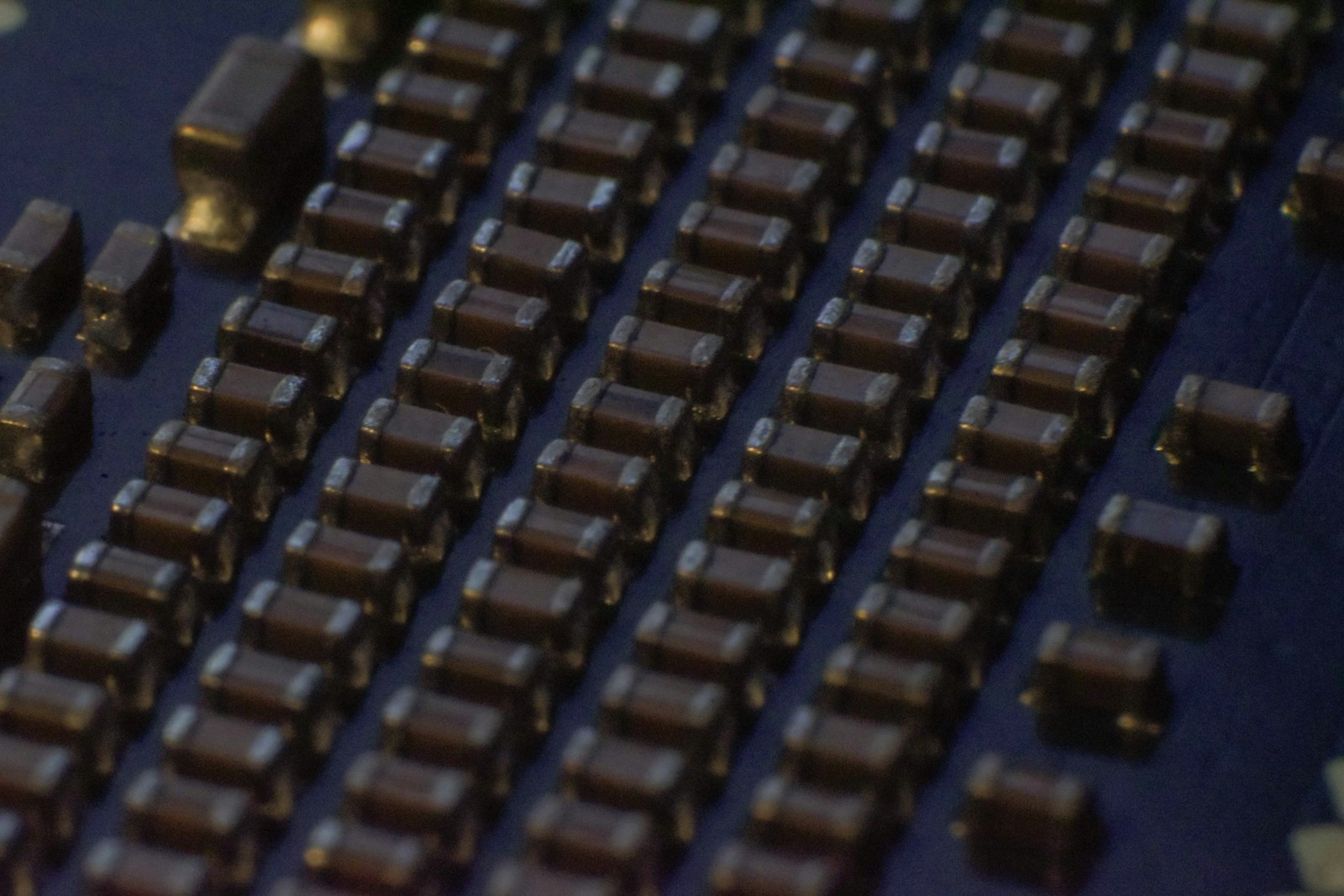Understanding Circuit Inductors: A Comprehensive Guide for Beginners
Introduction to Inductors
- An inductor is a passive two-terminal component made of a coil of wire that stores energy in a magnetic field when electric current flows.
- Inductors typically consist of insulated wire wound into a coil around a magnetic core to utilize magnetic fields and electricity.
- The magnetic field strength and energy stored in an inductor depend on the current flowing through the coil and the core material used.
- Inductors are key components in power supplies, radio receivers, and other electronic circuits, where they help to filter, tune, and regulate the flow of electric current.
Inductor Construction
- An inductor typically consists of a coil of wire wound around a magnetic core, which can be made of ferromagnetic material, such as iron or ferrite.
- The coil can be wound in various shapes and sizes, depending on the intended application and the desired inductance value.
- Air core inductors, which do not have a magnetic core, are also used in certain applications, such as high-frequency circuits.
- The construction of an inductor can affect its magnetic properties, inductance, and overall performance in a circuit.
Inductor Types
- There are several types of inductors, including air core inductors, ferrite core inductors, and iron core inductors, each with its own unique characteristics and applications.
- Ferrite core inductors are commonly used in power supplies and other applications where high inductance and low resistance are required.
- Air core inductors are often used in high-frequency circuits, such as radio receivers and transmitters, where low inductance and high Q-factor are required.
- The choice of inductor type depends on the specific requirements of the circuit and the desired performance characteristics.
Faraday’s Law and Induced Voltage
- Faraday’s law states that a changing magnetic field induces an electromotive force (emf) in a coil of wire, which can cause a current to flow.
- The induced voltage in an inductor depends on the rate of change of the magnetic field and the number of turns in the coil.
- Lenz’s law states that the induced emf always opposes the change in the magnetic field, which can cause a current to flow in a direction that opposes the change.
- Understanding Faraday’s law and Lenz’s law is essential for analyzing and designing circuits that use inductors.
Energy Storage and Time Constant
- Inductors store energy in their magnetic fields, which can be released when the current flowing through the coil changes.
- The energy stored in an inductor depends on the inductance, the current flowing through the coil, and the magnetic field strength.
- The time constant of an inductor, which is the time it takes for the current to rise or fall to a certain value, depends on the inductance and the resistance of the circuit.
- Understanding the energy storage and time constant of an inductor is crucial for designing and analyzing circuits that use inductors.
Circuit Analysis with Inductors
- Inductors can be used in a variety of circuits, including filters, oscillators, and power supplies.
- The behavior of an inductor in a circuit depends on the frequency of the signal, the inductance value, and the resistance of the circuit.
- Circuit analysis techniques, such as phasor analysis and differential equations, can be used to analyze and design circuits that use inductors.
- Understanding how to analyze circuits with inductors is essential for designing and building electronic systems.
Power and Energy in Inductors
- Inductors can store and release energy in their magnetic fields, which can be used to filter, regulate, and control the flow of electric current.
- The power dissipated in an inductor depends on the resistance of the coil and the current flowing through it.
- The energy stored in an inductor can be calculated using the inductance value, the current flowing through the coil, and the magnetic field strength.
- Understanding the power and energy characteristics of inductors is crucial for designing and analyzing circuits that use inductors.
Inductor Applications
- Inductors are used in a wide range of applications, including power supplies, radio receivers, audio equipment, and medical devices.
- They can be used to filter, regulate, and control the flow of electric current, as well as to store and release energy.
- The choice of inductor type and value depends on the specific requirements of the application and the desired performance characteristics.
- Understanding the various applications of inductors is essential for designing and building electronic systems.
Troubleshooting and Maintenance
- Inductors can fail or malfunction due to various reasons, including overheating, overcurrent, and physical damage.
- Troubleshooting techniques, such as measurement and simulation, can be used to identify and diagnose problems with inductors.
- Maintenance and repair of inductors can be performed by replacing faulty components, cleaning and inspecting the coil, and checking the magnetic field strength.
- Understanding how to troubleshoot and maintain inductors is essential for ensuring the reliability and performance of electronic systems.

Safety Precautions
- When working with inductors, several safety precautions must be taken, including wearing protective gear, avoiding electrical shock, and following proper handling and storage procedures.
- Inductors can store energy in their magnetic fields, which can be released suddenly and cause injury or damage.
- The use of inductors in high-voltage or high-current applications requires special precautions and safety measures.
- Understanding the safety precautions for working with inductors is crucial for preventing accidents and ensuring a safe working environment.
Common Applications and Industries
Inductors play a vital role across numerous industries and applications due to their unique ability to store energy in magnetic fields and regulate electrical currents. They are essential components in power supplies, where they help smooth out voltage fluctuations and filter unwanted signals. In radio and communication devices, inductors are used to create oscillators and tuning circuits, enabling the selection of specific frequencies for transmission and reception.
In the automotive industry, inductors are integral to ignition systems and various sensors, contributing to efficient engine performance and safety features. Medical equipment also relies on inductors for precise control of electrical signals in diagnostic and therapeutic devices.
Furthermore, inductors are widely used in power electronics for converters such as buck and boost converters, which regulate voltage levels in renewable energy systems and battery chargers. Their presence in audio equipment helps filter and manage sound signals for improved audio quality.
The broad range of applications highlights the importance of inductors in modern electronics, making them indispensable components in both consumer and industrial technologies.
Future Trends in Circuit Inductors
As technology advances, the design and application of circuit inductors continue to evolve. Future trends focus on enhancing performance, miniaturization, and integration with modern electronic systems.
One significant trend is the development of inductors with improved magnetic core materials that offer higher permeability and lower power loss. Advances in nanomaterials and ferromagnetic composites are expected to produce inductors with greater efficiency and reduced size.
Another area of growth is the integration of inductors into integrated circuits (ICs) and system-on-chip (SoC) designs. This integration enables more compact and efficient electronic devices, particularly important for mobile and wearable technology.
The rise of high-frequency applications, such as 5G communications and advanced radar systems, demands inductors with precise inductance values and minimal parasitic effects. To meet these requirements, innovations in air core inductors and ferrite core designs are underway.
Additionally, smart inductors with embedded sensors and control capabilities are emerging. These inductors can monitor current changes, temperature, and magnetic flux linkage in real-time, enabling adaptive circuit performance and enhanced reliability.
Sustainability is also influencing future inductor design, with a focus on environmentally friendly materials and manufacturing processes that reduce waste and energy consumption.
Overall, future trends in circuit inductors aim to combine higher performance, smaller size, and smarter functionality to support the growing demands of modern electronic systems.



